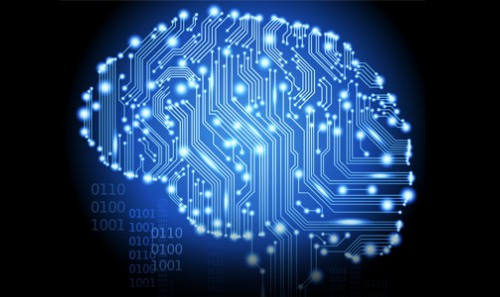Iranian Scientists Produce System for Non-Invasive Deep Brain Stimulation
Submitted by saman on Fri, 01/24/2020 - 12:51
Iranian researchers at Isfahan University of Technology succeeded in manufacturing a system for non-invasive deep brain stimulation based on interfering electric fields.
Neuromodulation modalities are used as effective treatments for some brain disorders. Non-invasive deep brain stimulation (NDBS) via temporally interfering electric fields has emerged recently as a non-invasive strategy for electrically stimulating deep regions in the brain.
The objective of the Iranian scientists' study was to provide insight into the fundamental mechanisms of this strategy and assess the potential uses of this method through computational analysis.
Analytical and numerical methods are used to compute the electric potential and field distributions generated during NDBS in homogeneous and inhomogeneous models of the brain. The computational results are used for specifying the activated area in the brain (macroscopic approach), and quantifying its relationships to the stimulation parameters.
Two automatic algorithms, using artificial neural network (ANN), are developed for the homogeneous model with two and four electrode pairs to estimate stimulation parameters. Additionally, the extracellular potentials are coupled to the compartmental axon cable model to determine the responses of the neurons to the modulated electric field in two developed models and to evaluate the precise activated area location (microscopic approach). The results of the study showed that although the shape of the activated area was different in macroscopic and microscopic approaches, it located only at depth. The optimization algorithms showed significant accuracy in estimating stimulation parameters. Moreover, it demonstrated that the more the electrode pairs, the more controllable the activated area. Finally, compartmental axon cable modeling results verified that neurons can demodulate and follow the electric field modulation envelope amplitude (MEA) in the models.
The results of this study helped develop the NDBS method and eliminate some limitations associated with the nonautomated optimization algorithm.
Source: Fars News Agency
